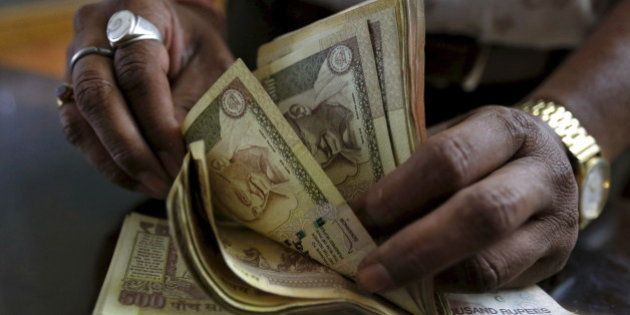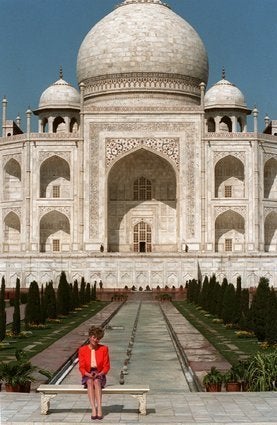
NEW DELHI -- A long-awaited Indian bankruptcy code may soon win parliamentary approval, but struggling creditors — above all state banks trying to recover $100 billion in bad loans — shouldn't start celebrating just yet.
The measure marks a vital step towards completing India's quarter-century-old transition from socialism to a market economy that has so far been unable to adequately address what to do when companies fail.
For Prime Minister Narendra Modi's drive to 'Make in India', encouraging new investment depends on unburdening creditors of old ones that have failed.
The stakes are high: India has the world's fastest growing big economy, but is not creating enough new jobs.
Bankers back the new bankruptcy code, which would impose debt deadlines on failed firms and foresees up to five years in jail for debtors who conceal property or defraud creditors.
"This will speed up the process," said RK Gupta, an executive director at State-run Bank of Maharashtra.
Experts caution, however, that under the British-style bankruptcy code it would take years to train up a new class of insolvency professionals and compile proper debt records. A backlog of 70,000 liquidation cases will take time to clear.
The World Bank estimates that it typically takes four years to wind up an ailing company in India, twice as long as in China. The average recovery is just 25.7 cents on the dollar, among the worst in emerging markets.



Contact HuffPost India
Also On HuffPost:

